I first learned about Double Edge Theatre on account of the ensemble’s commitment to thorough dramaturgical research. What I mean by this is that they found me. I still have a record of the email I received from Double Edge’s producing executive director and ensemble member Adam Bright back in 2018. He wrote to invite me to the world premiere of their performance Leonora: La Maga y la Maestra at Montclair State University’s Peak Performances series. “It would be an honor to have you in the audience,” the email read. “After the opening night performance, we shall also hold a party with the artists, friends, and Carrington enthusiasts.”
I had recently co-edited a book of essays about the subject of their performance, the English-born Mexican artist and writer Leonora Carrington, and I consider myself very much a Carrington enthusiast. As a white, cishet, settler literature professor by training, I’m not accustomed to receiving invitations from theatre companies. I am, however, interested in how experimental artistic groups function in the world, and I strive to draw concrete lessons from their inventiveness.
As I have come to learn—both from this invitation and from my subsequent encounters with the Okheteau Cultural Center—everything about Adam’s gesture of hospitality is characteristic of Double Edge and its approach to worldmaking. Most immediately, it demonstrated the extent to which their creation of the Leonora: La Maga y la Maestra performance involved knowing a lot about contemporary scholarship, including the people who create it. Double Edge founder and artistic director Stacy Klein developed the performance alongside the ensemble by gathering all of Carrington’s published writings—some of which were long out of print—as well as the available biographies and scholarly books about her work. They reproduced hundreds of her paintings and drawings and contacted scholars and enthusiasts like me.
This research formed the basis of two performances. The first was Leonora: La Maga y la Maestra, a semi-biographical parable-cum-fantasia that synthesizes Carrington’s writing and visual art from the 1930s through the 1980s in dialogue with the Chilean-born filmmaker, dancer, and writer Alejandro Jodorowksy, whom she met in Mexico during the 1950s. The second performance was Leonora’s World, an outdoor, site-specific Summer Spectacle at the company’s Farm Center in Ashfield, Massachusetts. The latter performance featured a rotating series of tableaux vivants that unfolded across the landscape of Double Edge’s hundred-and-five-acre farm. Playing out in streams and on windy hillsides, it commenced in the golden hour of a summer evening and concluded magically in the illuminated waters of a pond after nightfall.
I offer this account of my invitation from Double Edge to underscore the kind of work that defines the Double Edge’s ethos of artistic creation. There’s far more at stake here than a gesture of hospitality alone. Rather, what defines Double Edge Theatre is the organization’s broader ethos of relation and reciprocity, which extends from their self-organization as an artist-run ensemble to their commitment to Indigenous cultural survival. For Double Edge Theatre, there is no proscenium arch. Their art is an art of worldmaking, which I understand as the real-life work of creating environments for imaginative freedom, cultural exchange, and survival during trying contemporary times. The magical, surrealist scenes in Leonora’s World are moments of theatrical inventiveness that beckon toward the otherworldly. Yet they are also rooted in the demands of this world: the artistic, spiritual, bodily, and political needs of the here and now, as well as the historical and bodily traumas of the past.

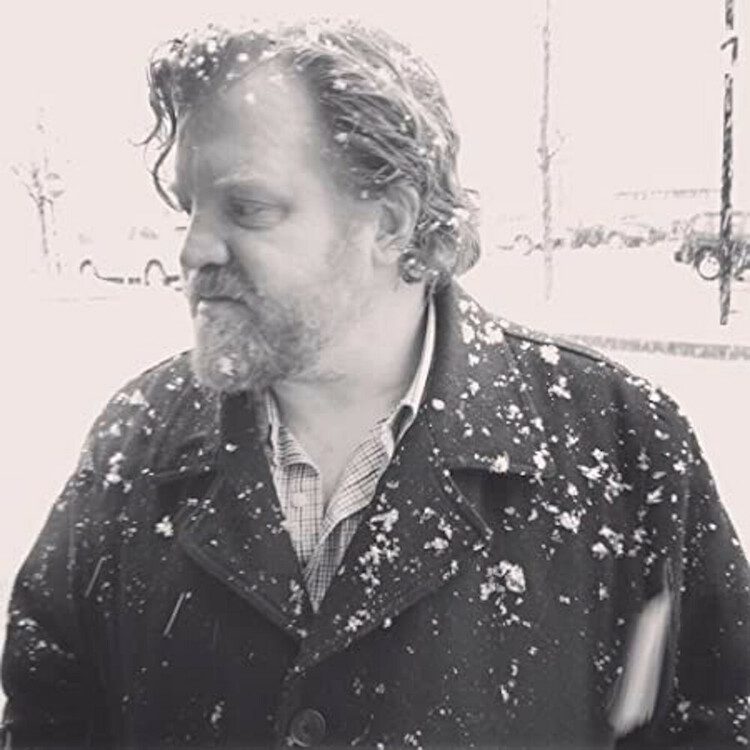

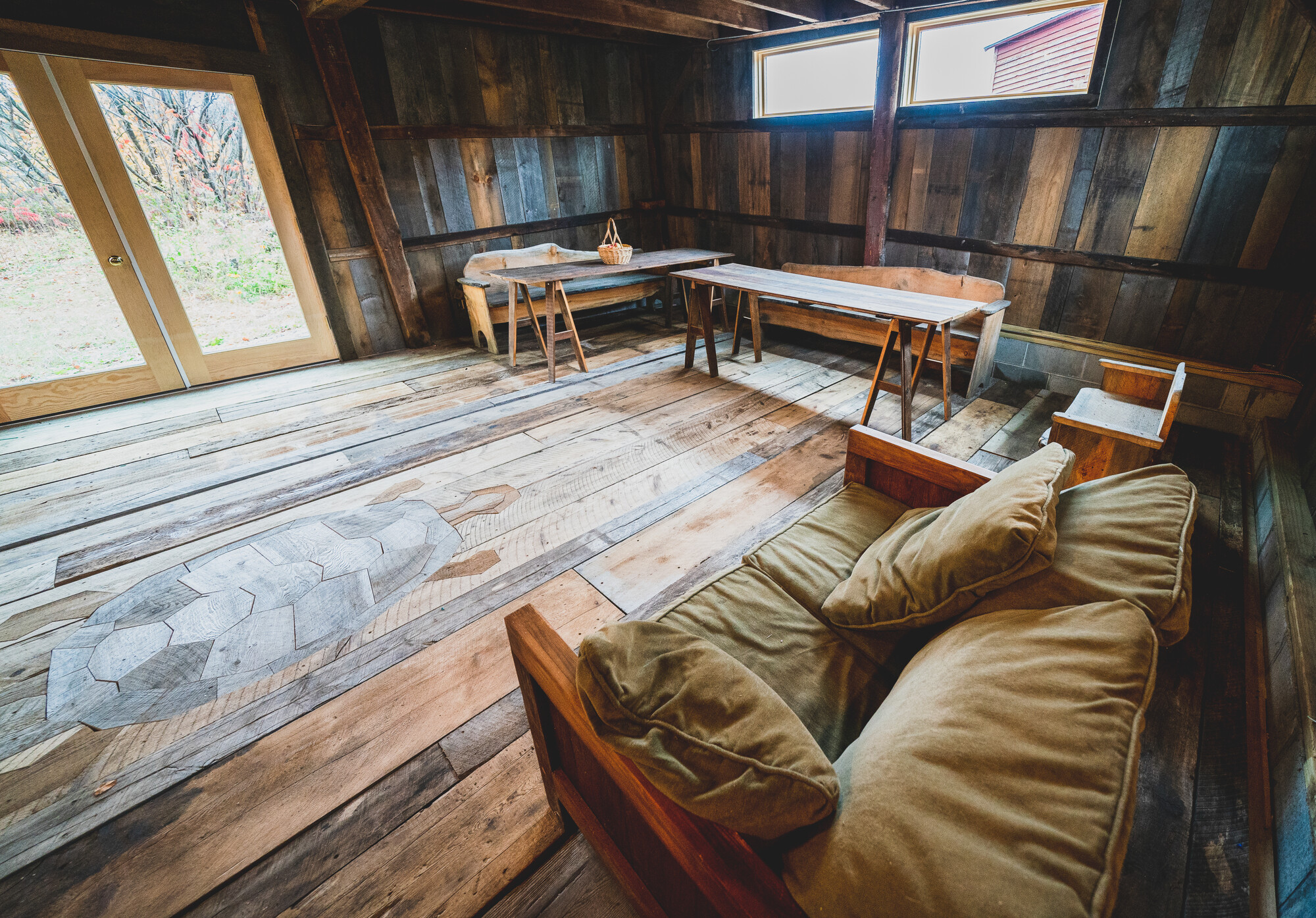
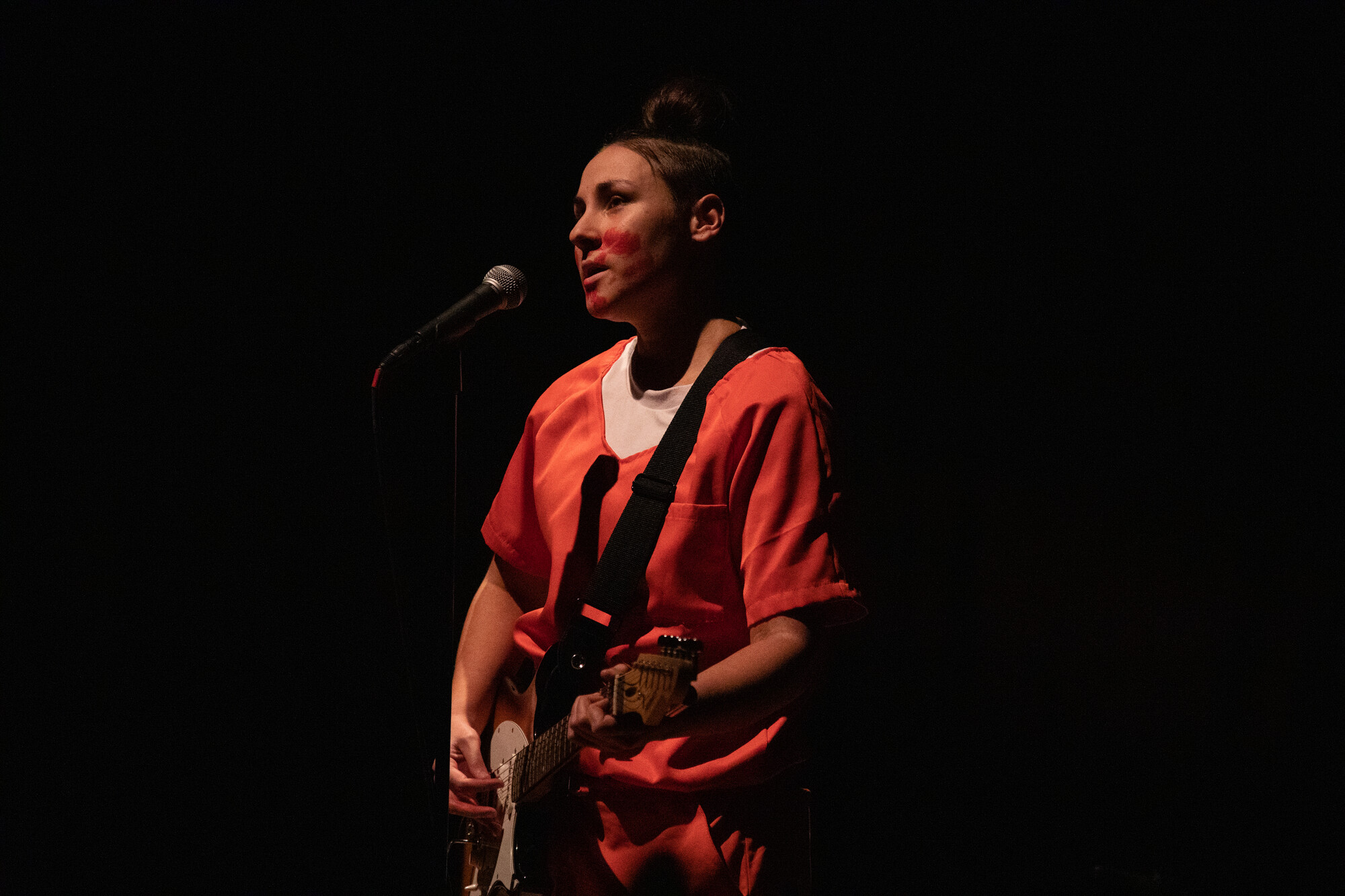
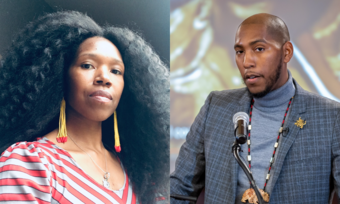






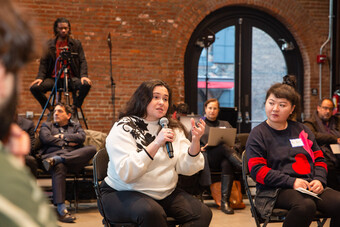

Comments
The article is just the start of the conversation—we want to know what you think about this subject, too! HowlRound is a space for knowledge-sharing, and we welcome spirited, thoughtful, and on-topic dialogue. Find our full comments policy here